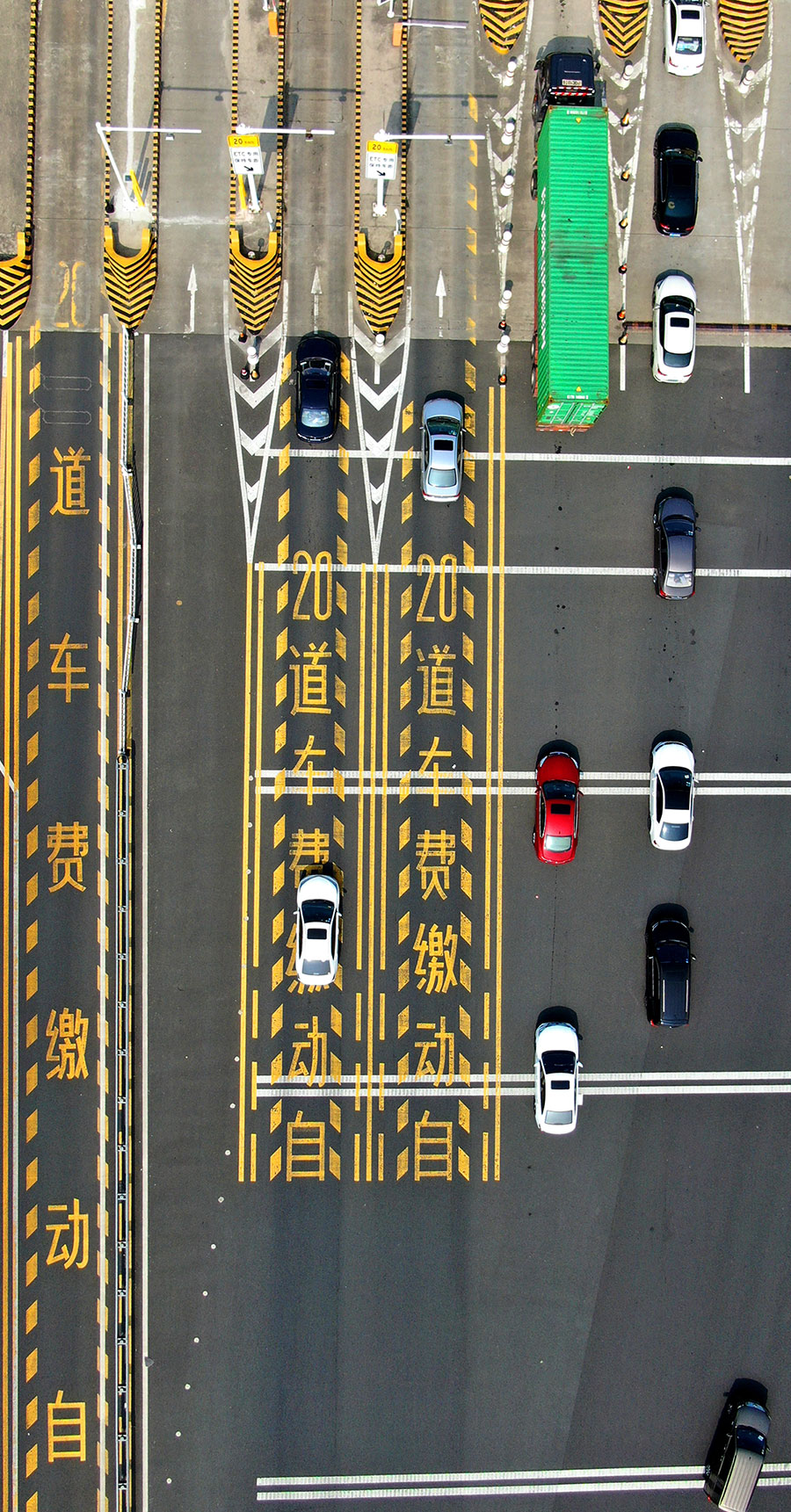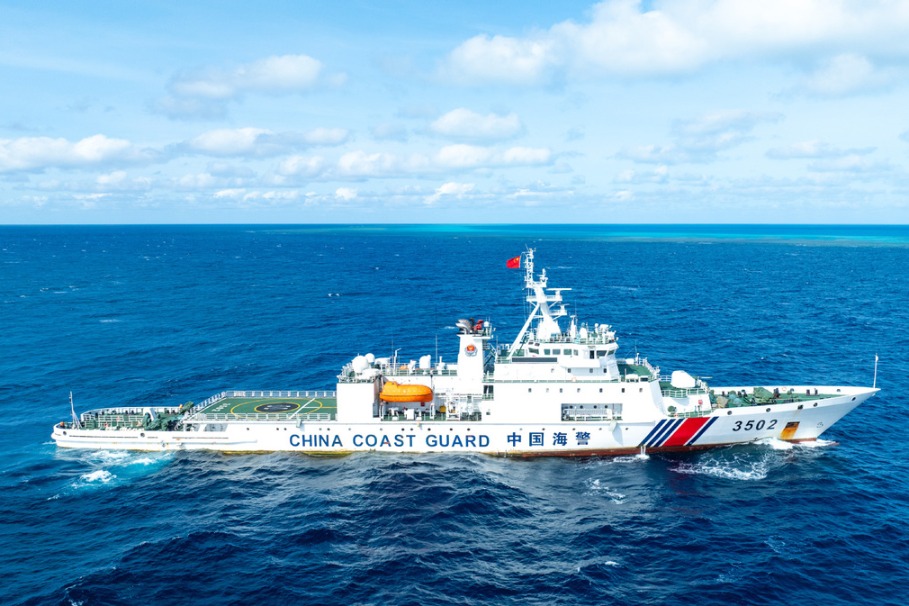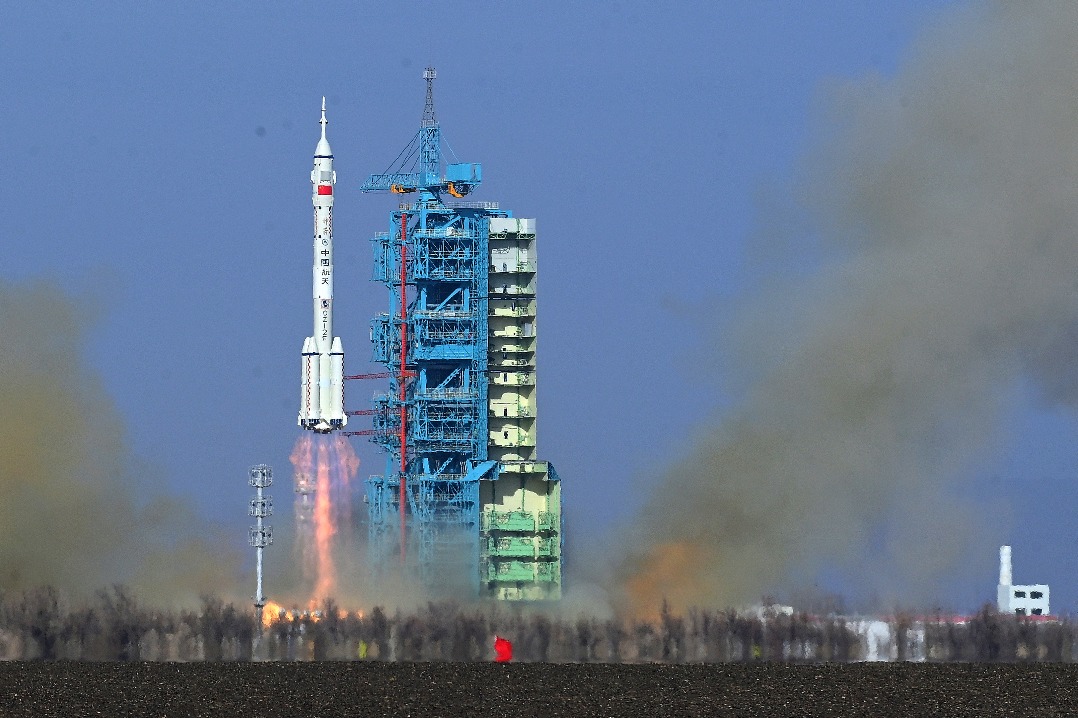Seaboard province extends its transport reach


In the early 1950s, Jiangsu province had only 3,000 kilometers of roads, most of them nothing more than compacted earth.
Seventy years later, the province has 159,000 km of roads and residents of towns with a population over 100,000 can access a highway within 30 minutes, according to the provincial transport department.
But development hasn't stopped with the roads, and progress has been made in air, rail and water travel.
The latest of Jiangsu's nine civil airports began operations in 2017, transporting millions of domestic and international travelers every year.
Wu Zhenglong, governor of Jiangsu, said during a news conference in Beijing on Friday that five high-speed rail links totaling 1,236 km are now under construction. Another five high-speed links totaling 737 km will start construction before the end of next year.
"By the end of 2018, Jiangsu had 4,711 km of highways," Wu said.
"It also had 24,400 km of inland waterways and 497 berths of 10,000 metric tons and above. It had eight ports with annual throughput capacity of 100 million tons, and the annual throughput of all the province's ports reached 2.58 billion tons, ranking first in China."
Rail and sea transport have also combined to extend Jiangsu's transport reach.
Cross-border trains from the port city of Lianyungang now stop at more than 200 stations in five Central Asian countries before they transport goods to Middle Eastern and European countries.
Lianyungang is also the only port of departure in China for grains imported from Kazakhstan. In 2017, the first batch of 720 tons of wheat was freighted from Kazakhstan's largest city Almaty to the Sino-Kazakhstan International Logistics Base in six days. The wheat was then transported by cargo ships to Southeast Asian countries.
From January to April, the base transported 12,460 containers of produce and goods to Asian and European countries.
Kong Fancheng, manager of the Lianyungang New Oriental International Container Terminal, said he has seen the base getting busier and people's lives improving. "We didn't have ocean routes in the past and goods had to be shipped to Qingdao or Shanghai to be transported to other countries," he said.
"Now we have more than 20 ocean routes that enable us to ship goods to many countries, including the west coast of the United States, the Middle East and the Mediterranean."
Kong added that a route to South Africa started in December that will help promote relations with African countries.
- Exhibition highlights connection between tech and humans
- PLA reserve personnel to get new IDs
- Wetlands of Yellow River estuary, a paradise for birds
- October crackdown targets misconduct, hedonism among officials
- Chengdu mayor investigated over suspected serious violations
- Blaze claims 13 lives, injures 16 in Hong Kong





































